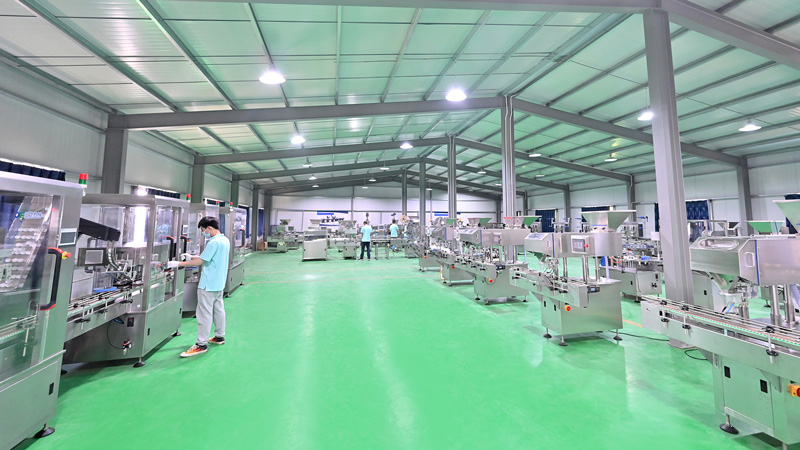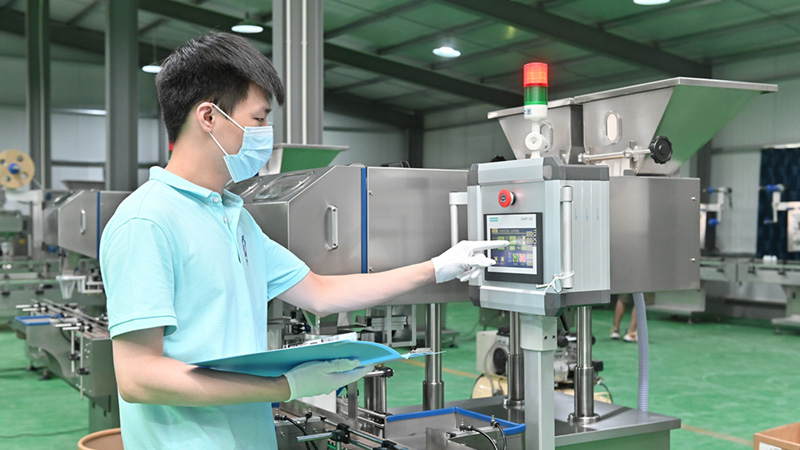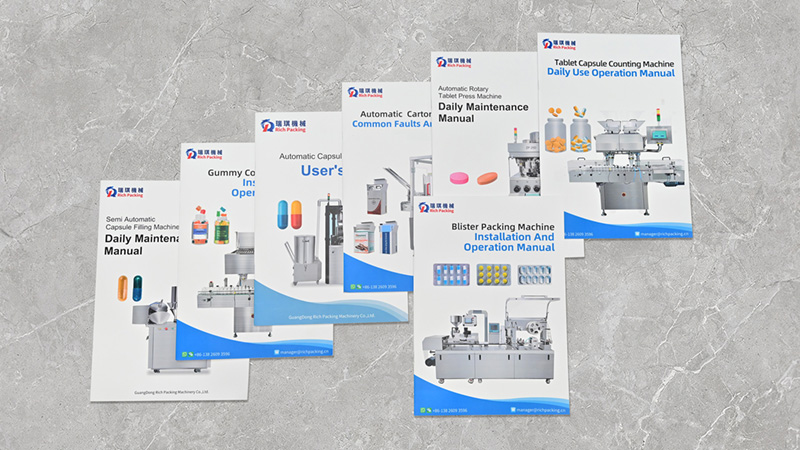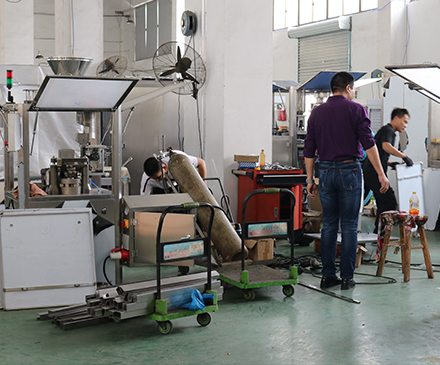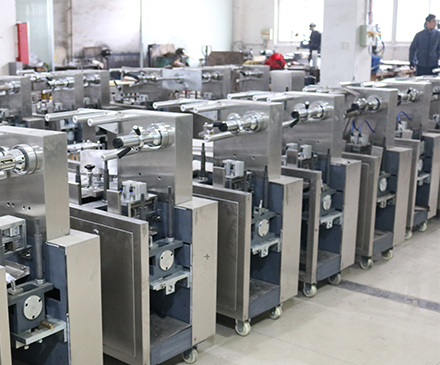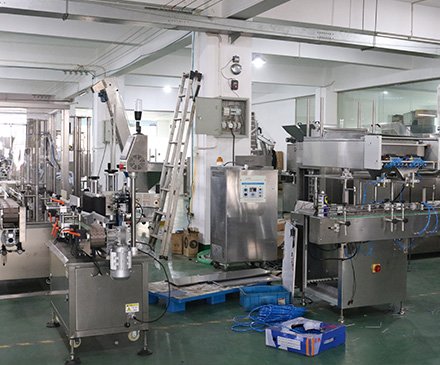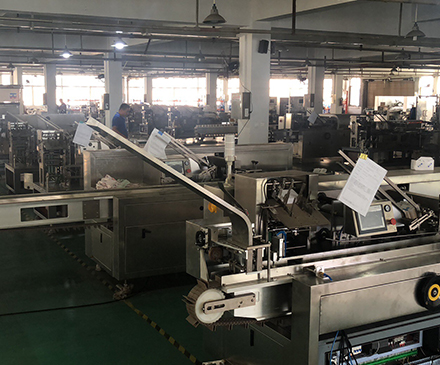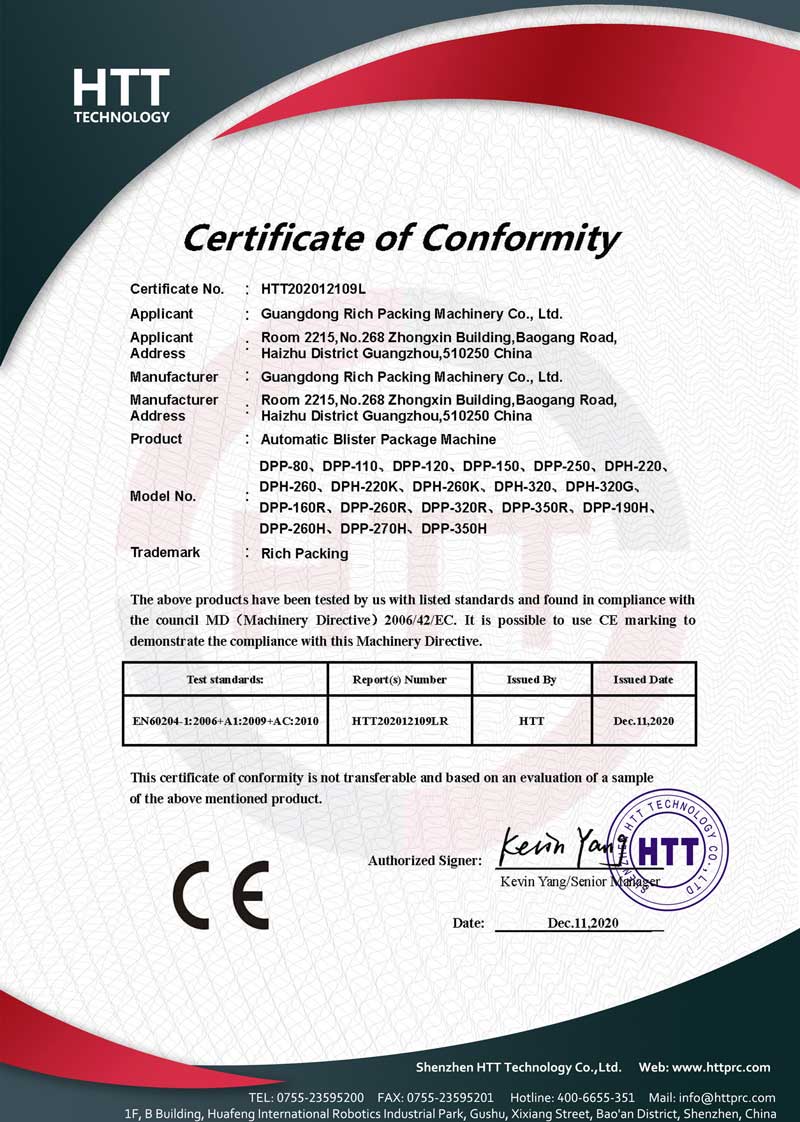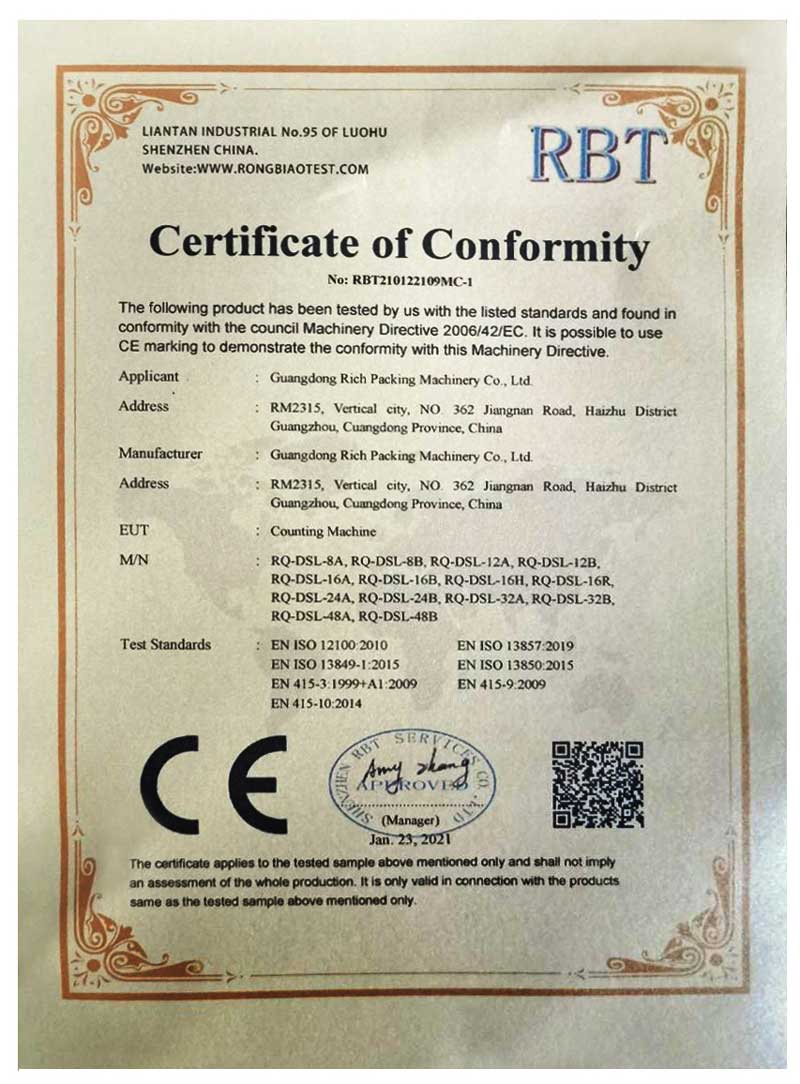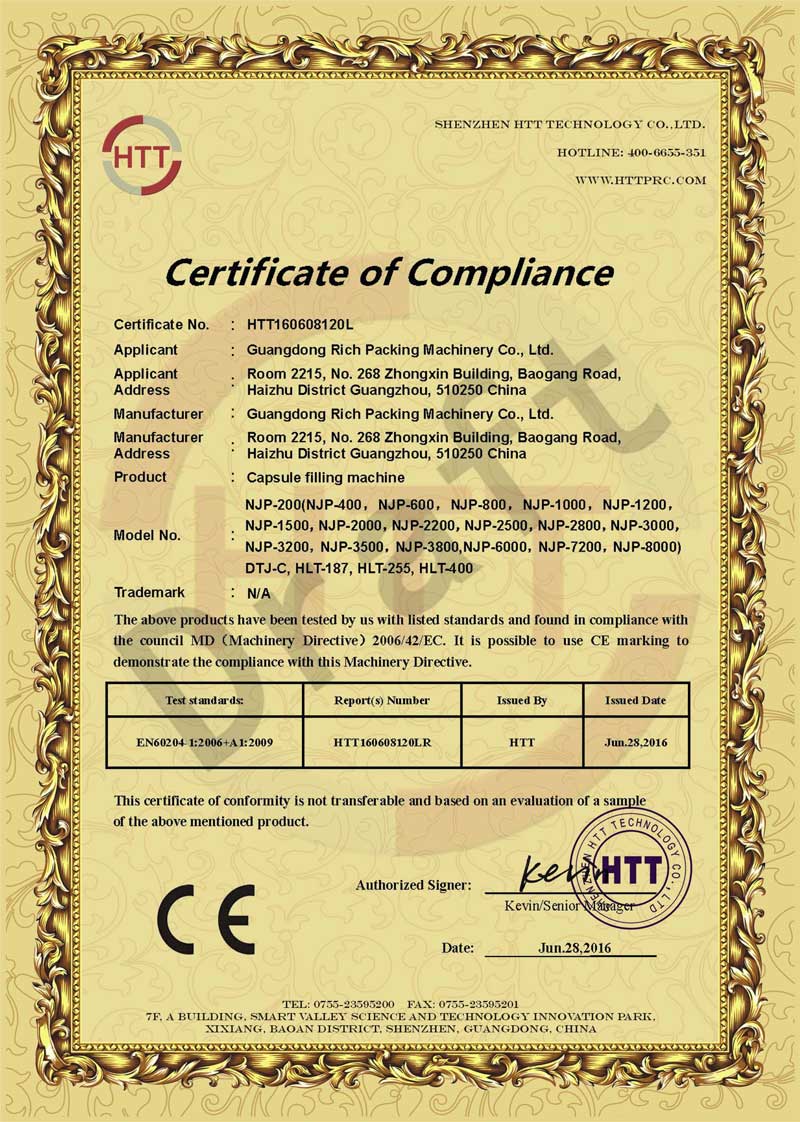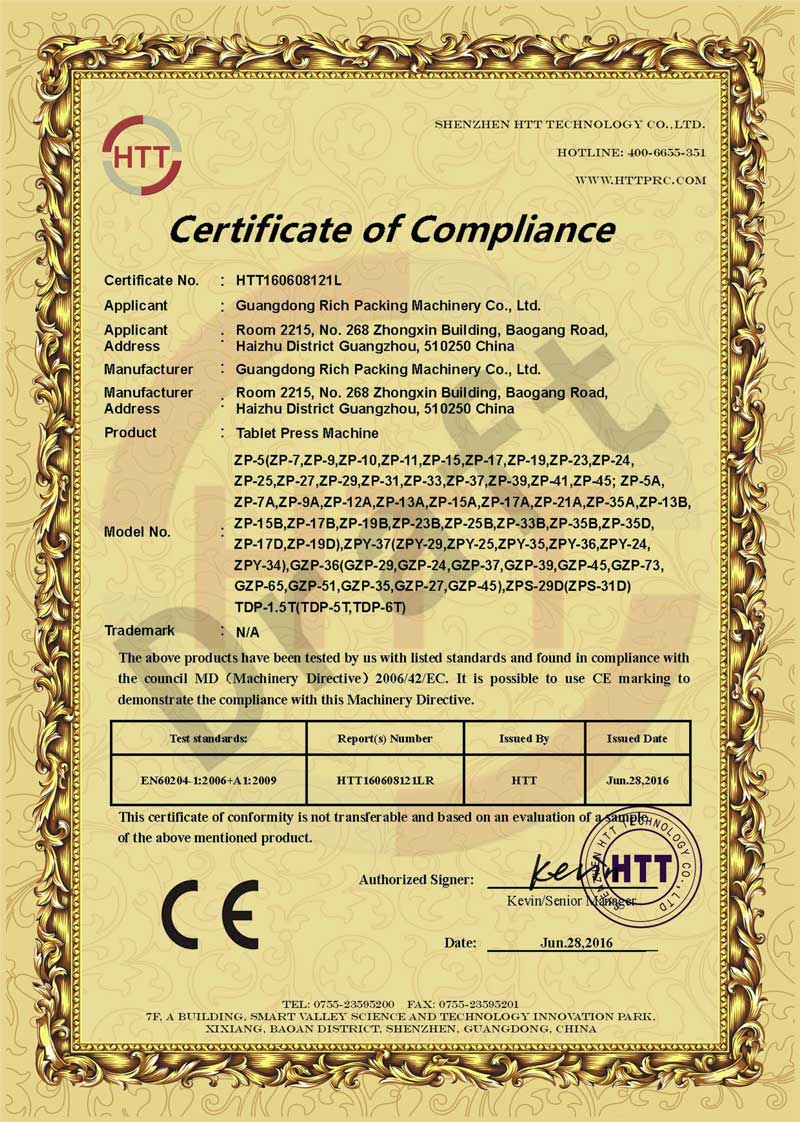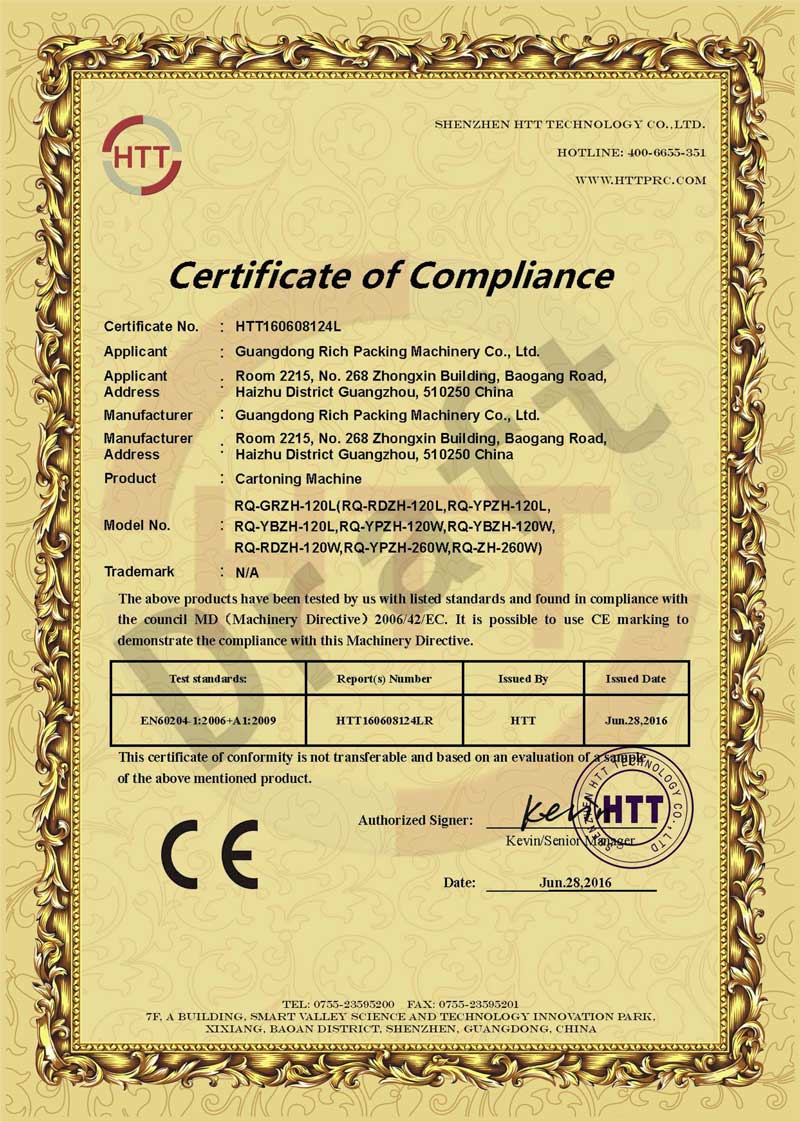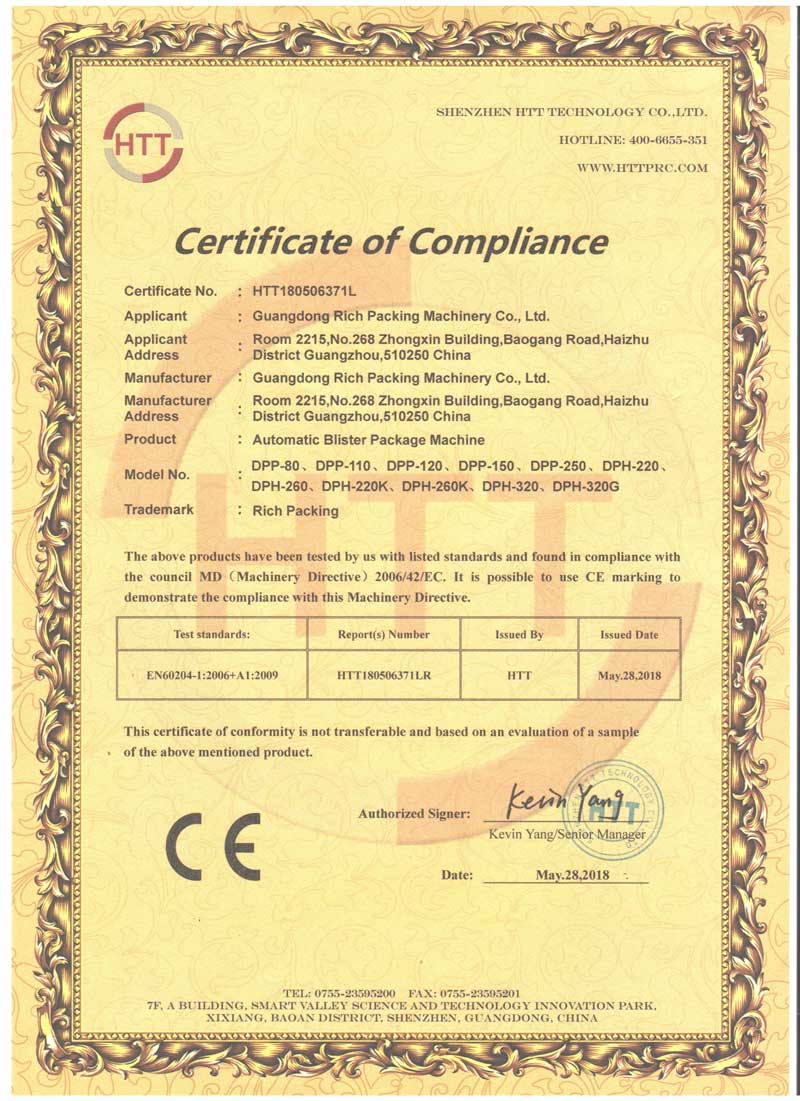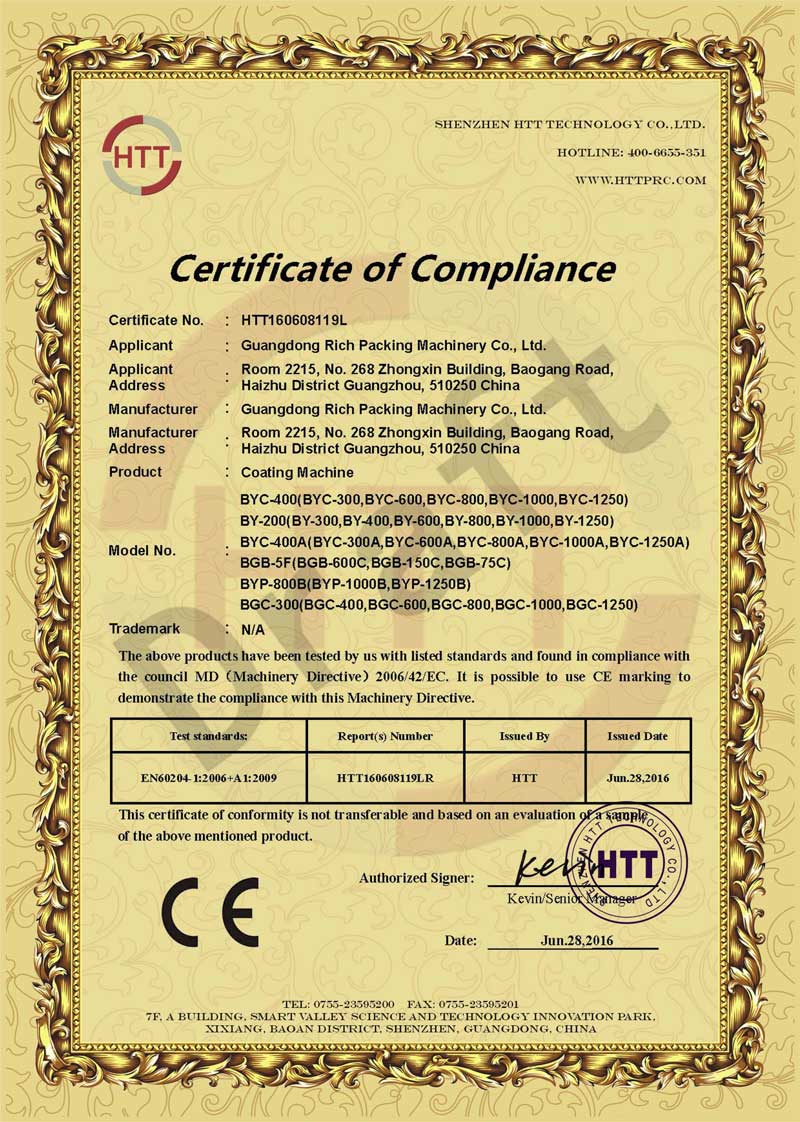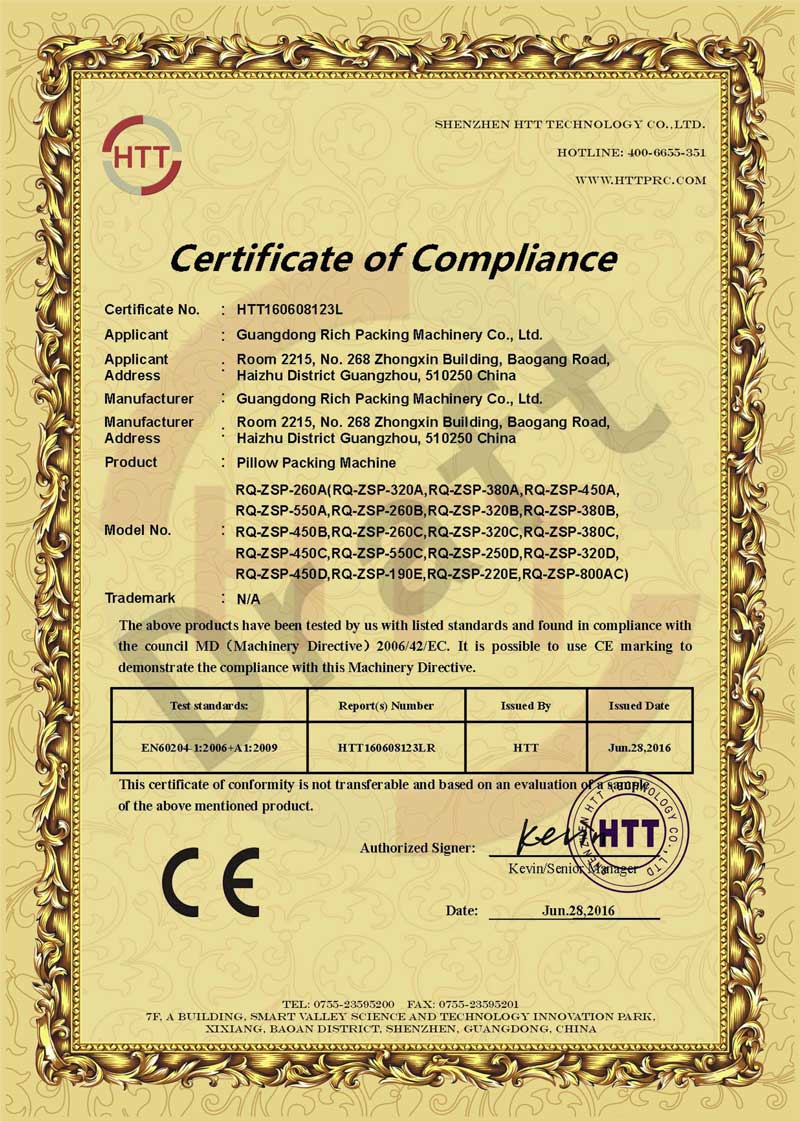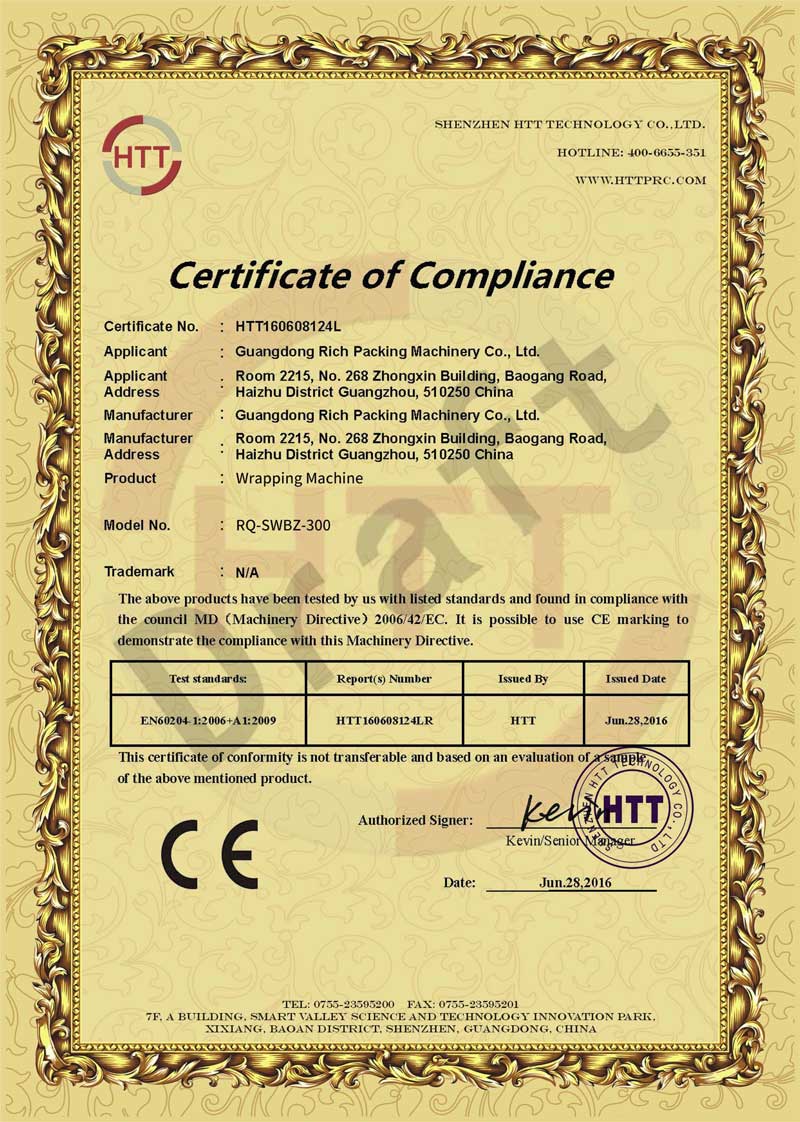Sachet Packaging vs Pouch Packaging vs Stick Pack: What's Different and What to Choose
Single-serve formats are everywhere—coffee, electrolyte powders, collagen, probiotics, sauces, shampoo samples, and many nutraceutical and pharmaceutical products. But “sachet,” “pouch,” and “stick pack” are used loosely, so teams often pick a format based on appearance first and only discover the hard constraints later: seal leaks, wrinkling, unstable portion weights, or output targets that can’t be met without constant line tuning. This article clarifies the differences and gives you a practical way to choose a format that works in real production. Clear definitions: sachet, pouch, and stick pack A helpful starting point is flexible packaging: packages made from flexible materials (often paper, plastic film, foil, or combinations) that can change shape when filled, and commonly include bags, pouches, rollstock, wraps, and similar formats. Within that umbrella, the three terms in this title don’t sit at the same level. Sachet packaging is best treated as a “use case” category—small, usually single-serve packs that are flat, easy to tear, and simple to distribute in cartons or displays. A sachet might be a 3-side seal, 4-side seal, or a back-seal style depending on how it’s formed and sealed. Pouch packaging is broader: it can be a flat pouch, stand-up pouch, zipper pouch, spout pouch, and many other structures, often chosen for larger volumes, shelf presence, and better dispensing or reclose features. A stick pack is a specific narrow, long shape—usually a type of sachet packaging —designed for portability and controlled pouring. In everyday usage, many teams use ‘sachet’ as a catch-all term for small single-serve packs, so you’ll often hear stick packs described as sachets too. sachet packaging The fastest way to choose: start with your product Most debates become easy once you focus on product behavior at the moment of filling and sealing. Powders, liquids, and granules create very different risks. Powders often decide the format. Fine powders can be dusty, static-prone, hygroscopic, or prone to bridging, which affects both dosing stability and seal cleanliness. A flat sachet is a straightforward, familiar option for powders when the pack is poured into a cup or mixed directly. Stick packs become attractive when the user needs controlled pouring into a narrow bottle opening or when the brand wants a premium “single-dose ritual.” For multi-serve use, pouches often win because one larger pack can replace many single-serve units. Liquids and gels are usually limited by seal contamination. A sticky syrup, cosmetic serum, or foaming liquid can creep into the seal zone and create microchannels that look sealed but leak after shipping. Liquids can still run well in sachet packaging or stick packs, but the format must be chosen together with filling method (pump type, anti-drip ...
